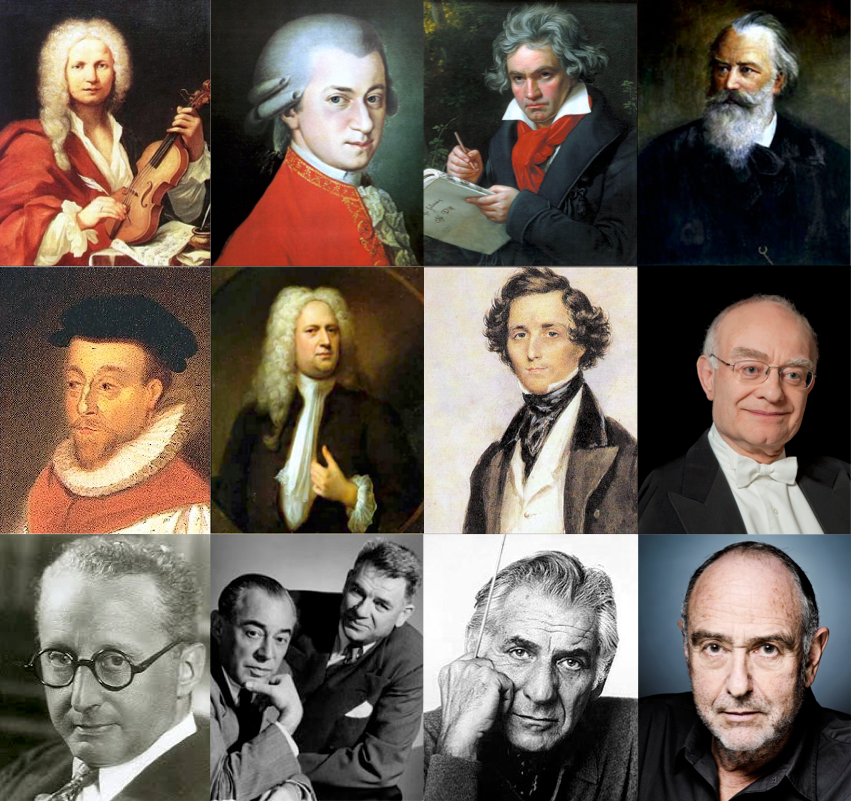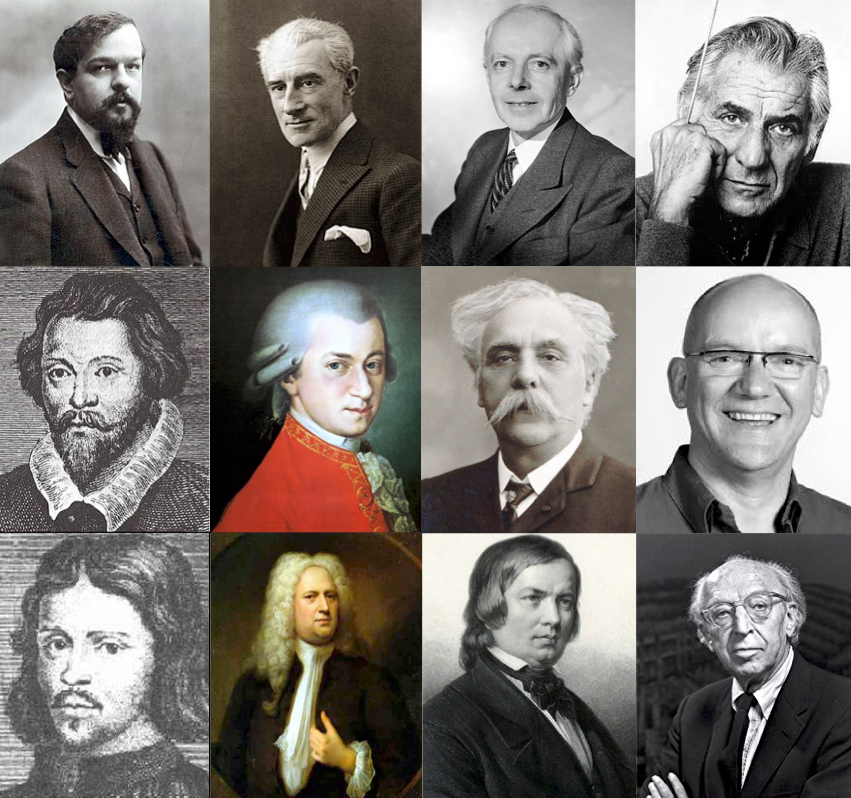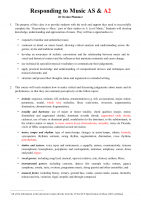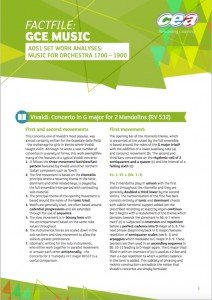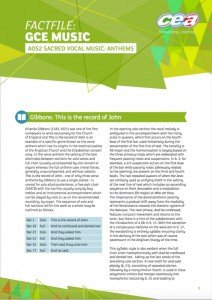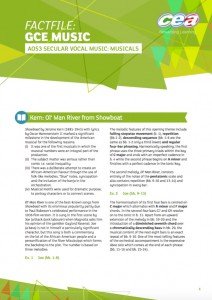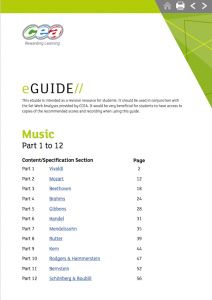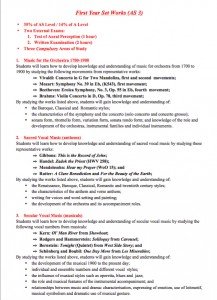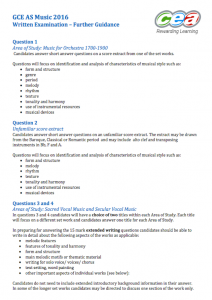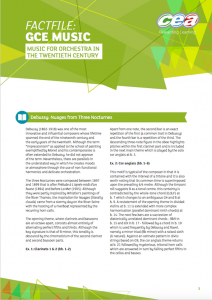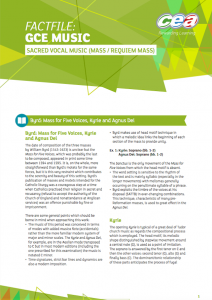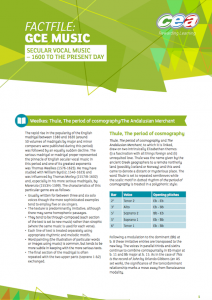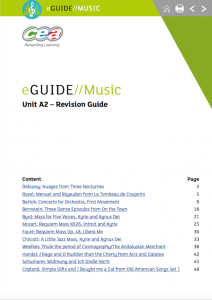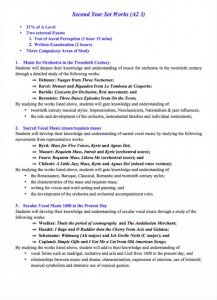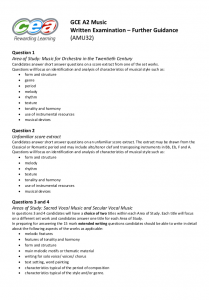A-Level Responding To Music (Unit 3)
1. General Skills to Acquire
The purpose of this class is to provide students with the tools and support they need to successfully complete the ‘Responding to Music’ part of their studies in A Level Music. Students will develop knowledge, understanding and appreciation of music. They will be assessed on their ability to:
- respond to familiar and unfamiliar music;
- comment in detail on music heard, showing critical analysis and understanding across the genres, styles and traditions studied;
- develop an awareness of stylistic conventions and the relationship between music and its social and historical context and the influences that maintain continuity and cause change;
- use technical & specialist musical vocabulary to communicate their judgements;
- apply practical knowledge and understanding of compositional devices and techniques and musical elements; and
- structure and present their thoughts, ideas and arguments in extended writing.
2) Topics to Understand
This course will teach students how to make critical and discerning judgements about music by commenting perceptively on the following topics:
- melody: sequence, ostinato, riff, melisma, ornamentation (e.g. trill, acciaccatura), major, minor, pentatonic, modal, whole tone melodies, blues scale/notes, inversion, augmentation, diminution, chromaticism, fragmentation;
- tonality and harmony: use of major or minor tonality, chord qualities (major, minor, diminished and augmented chords), dominant seventh chords, augmented sixth chords, cadences, use of tonic or dominant pedal, modulation (to the dominant, to the subdominant, to the relative minor or major, to more remote keys) chromaticism, atonality, tierce de Picardie, circle of fifths, suspensions, cadential second inversions
- metre, tempo and rhythm: type of metre/tempo, changes in metre/tempo rubato, hemiola, syncopation, rhythmic ostinato, swing rhythm, augmentation, diminution, cross rhythms, polyrhythms;
- timbre and texture: voice types and instruments, a cappella, unison, countermelody, textures (monophonic, homophonic, polyphonic and contrapuntal), imitation, antiphony, canon, drone and pedal, fugue;
- vocal genres: including song/Lied, musical, opera (recitative, aria, chorus), anthem, Mass;
- instrumental genres: including concerto, dances (for example waltz, minuet, gigue), symphony, sonata, suite, overture, programme music, string quartet and other ensembles; and
- musical forms: including binary, ternary, ground bass, rondo, sonata rondo, sonata, ritornello, minuet and trio, variation, fugal, strophic and through-composed.
3) Set Works to Study
Students will be taught how to analyse familiar and unfamiliar music by a range of composers within the three compulsory Areas of Study. Using twelve set works as case studies for each year, students will learn how to comment perceptively on various musical features of any piece of music, particularly melodic features, rhythmic features, tonality and harmony, texture, form and structure, motifs and thematic material, characteristics of period and genre, use of instrumental resources, text setting and word painting.
AS-Level Set Works
- AS: Analyses of Orchestral Music 1700-1900
- AS: Analyses for Sacred Vocal Music (Anthems)
- AS: Analyses for Secular Vocal Music (Musicals)
- AS Set Works eGuide
- AS: Set Works Summary
- AS Paper 2 Guidance
A2-Level Set Works
- A2: Analyses for 20th Century Orchestral Music
- A2: Analyses for Sacred Vocal Music (Mass & Requiem)
- A2: Analyses for Secular Vocal Music (1600-Present)
- A2 Set Works eGuide
- A2: Set Works Summary
- A2: Paper 2 Guidance

